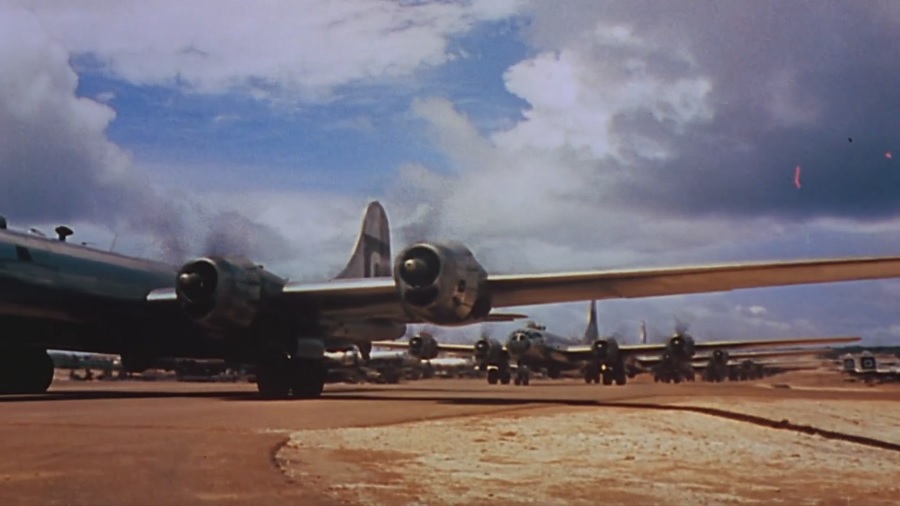The Pacific War in Color episode 6: Japan feels the pressure coming from all fronts in 1945–ships from the sea, boots on the ground, and fire from the sky. The Japanese Empire has been weakened, but there is no sign of surrender.
Through rarely seen color combat footage and frontline stories, witness the American invasions of Peleliu, the Philippines, and Iwo Jima, in addition to the war’s first organized kamikaze attacks and the deadly raid on Tokyo.
The Pacific War in Color episode 6
The Battle of Peleliu, codenamed Operation Stalemate II by the United States military, was fought between the U.S. and Japan during the Mariana and Palau Campaign of World War II, from September to November 1944, on the island of Peleliu.
U.S. Marines of the 1st Marine Division, and later soldiers of the U.S. Army’s 81st Infantry Division, fought to capture an airstrip on the small coral island. This battle was part of a larger offensive campaign known as Operation Forager, which ran from June to November 1944, in the Pacific Theater.
Major General William Rupertus, Commander of the 1st Marine Division, predicted the island would be secured within four days. However, after repeated Imperial Army defeats in previous island campaigns, Japan had developed new island-defense tactics and well-crafted fortifications that allowed stiff resistance, extending the battle through more than two months. In the United States, this was a controversial battle because of the island’s questionable strategic value and the high casualty rate, which exceeded that of all other amphibious operations during the Pacific War. The National Museum of the Marine Corps called it “the bitterest battle of the war for the Marines”.
By 1944, American victories in the Southwest and Central Pacific had brought the war closer to Japan, with American bombers able to strike at the Japanese main islands from air bases secured during the Mariana Islands campaign (June–August 1944).




